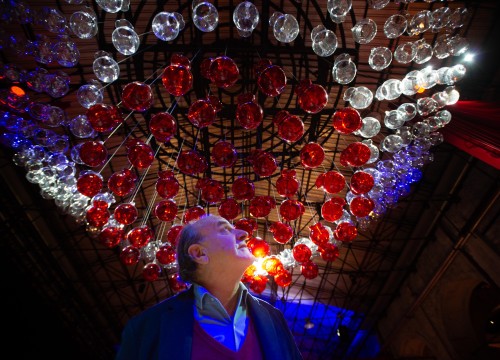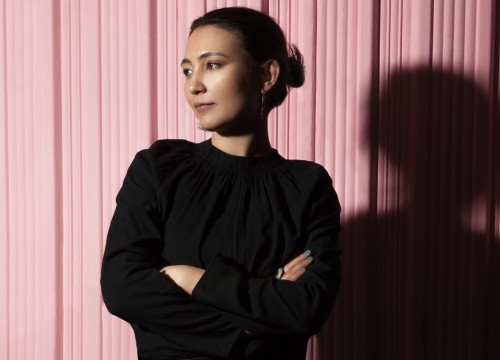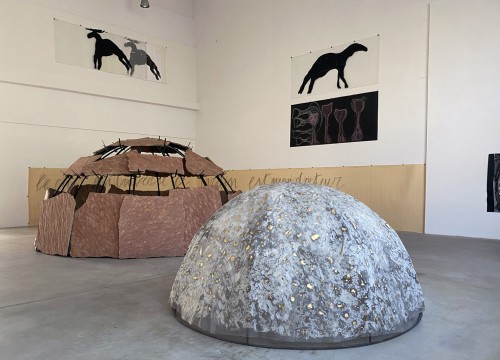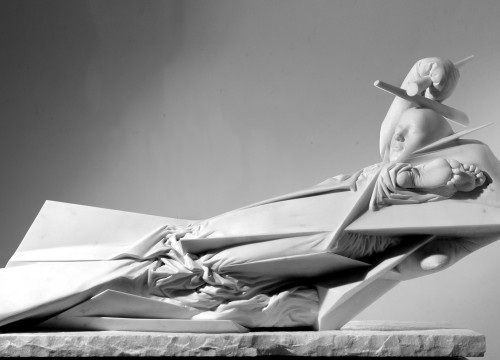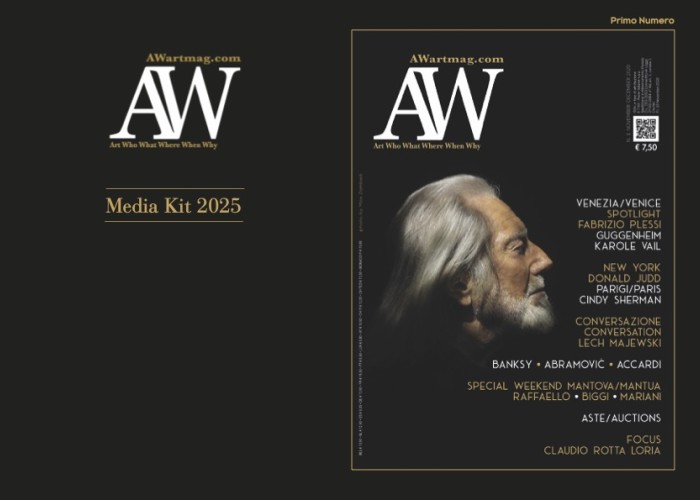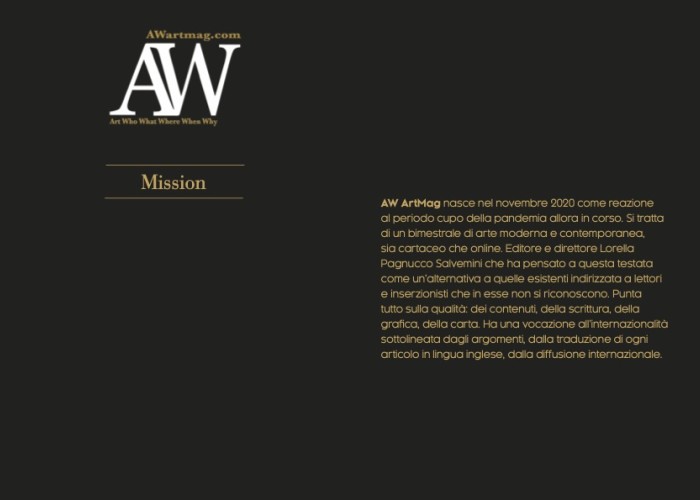Corpus domini: the stimulating exhibition at Palazzo Reale.
Gavin Turk's waxwork of Ludwig Wittgenstein welcomes the visitor with an egg in his hand
Bodies: wax or ceramic; paper bodies, fiberglass bodies, marble and cement bodies;
bodies reaffirmed in their presence, reified, denied, ridiculed and glorified. “Are we facing an eclipse of the body?” asks Massimo Recalcati in the catalog of the Corpus Domini exhibition at Palazzo Reale. This is undoubtedly a paradoxical question: never as today, between social networks and online pornography, have bodies been so affirmed, exposed and offered. The exhibition, far from resolving such a paradox, amplifies and explores it in many of its many facets. Right from the title, it seems clear that the intention is to indicate an absence rather than a presence, in particular the absence of the real presence of the body of Christ in the consecrated host during the Eucharist. For without incarnation, what is left of a body? Or: does a mere human likeness really make a body? If presence comprises the glorious body that unites the human to the divine and sanctions the resemblance of the copy to the model, how can its absence be represented?
IN HOMAGE TO LEA VERGINE, THE EXHIBITION ITINERARY
MEANDERS BETWEEN BODY ART AND HYPERREALISM
In homage to Lea Vergine, a curatorial path that winds between body-art and hyperrealism affirms and denies the body from the beginning, where to welcome the visitor there is a wax sculpture by Gavin Turk depicting the philosopher Ludwig Wittgenstein with an egg in his hand, as if to indicate that the tautology linking resemblance to a principle of identity (“Caesar’s portrait is Caesar”, the logicians of Port-Royal would have said) is as ephemeral as the body represented, so much so that it is more the egg than the body that takes on consistency, destined in any case to shatter on the ground when it has fallen. As if to amplify the impression of estrangement aroused by such a similar body, and for this very reason all the more disorienting, the derisory laughter of Gino De Dominicis’s “sound sculpture”, D’Io, echoes in an infinite and unnerving loop, a further denial, or rather a laceration that creates a fracture and an opening of the bond that binds the human and the divine.
IN THE EXHIBITION, FEMALE ARTISTS, FROM GINA PANE
TO CAROL RAMA, REPRESENT A VISCERAL, POETIC AND SHARED CORPOREITY
From this disturbed beginning, the exhibition traces an admirable path that touches the human body in its fragility (Zharko Basheski, Out of...), in its phantasmal absence (Vlassis Canaris, Where’s North, Where’s South? ), in the accumulation of the traces of its absence (Boltanski, La Terril Grand-Hornu), in the traces of its transits (Franko B’s suitcases and backpacks) and in its very transience (Oscar Muñoz’s moving Proyecto para un memorial).
Perhaps because the exhibition was created under the aegis of Lea Vergine, then in fact curated by Alfano Miglietti, or perhaps because the question of resemblance in Western iconography has almost always been primarily a matter between sons and fathers, it is interesting to note that several of the most interesting works in the exhibition, capable of representing a visceral, poetic and shared corporeity, are by female artists: starting with Gina Pane’s Sentimental Action and Carol Rama’s paintings exhibited in the room dedicated to Lea Vergine, passing through Janine Antoni’s splendid Slumber (an electromagnetic wave detector connected to a huge frame that “records” the artist’s dreams, leaving a shroud of her dream life on the crib) and up to Michal Lovner’s pictorial, highly refined video installations. Beyond the catastrophe of resemblance, a feminine approach seems to reaffirm the potential of a body, our body, and consequently the body of others, of the Other Man, as Recalcati would say using Lacan’s terminology: perhaps it would be better to say of the Other Woman.


![ξ, N(ξ)]’(η) (= [η, ξ, N(ξ)]), Certificato di autenticità/ certificate of authenticity, 2015 Allestimento/set-up “Corpus domini” Palazzo Reale, Milano/Milan Courtesy Live Stock Market Ltd & Gavin Turk Ph: Edoardo Valle ξ, N(ξ)]’(η) (= [η, ξ, N(ξ)]), Certificato di autenticità/ certificate of authenticity, 2015 Allestimento/set-up “Corpus domini” Palazzo Reale, Milano/Milan Courtesy Live Stock Market Ltd & Gavin Turk Ph: Edoardo Valle](/sites/default/files/styles/gallerie_di_immagini/public/articoli/looking-around/body-where-are-you/galleria-immagini/1.jpg?itok=4nEb0ZG2)








